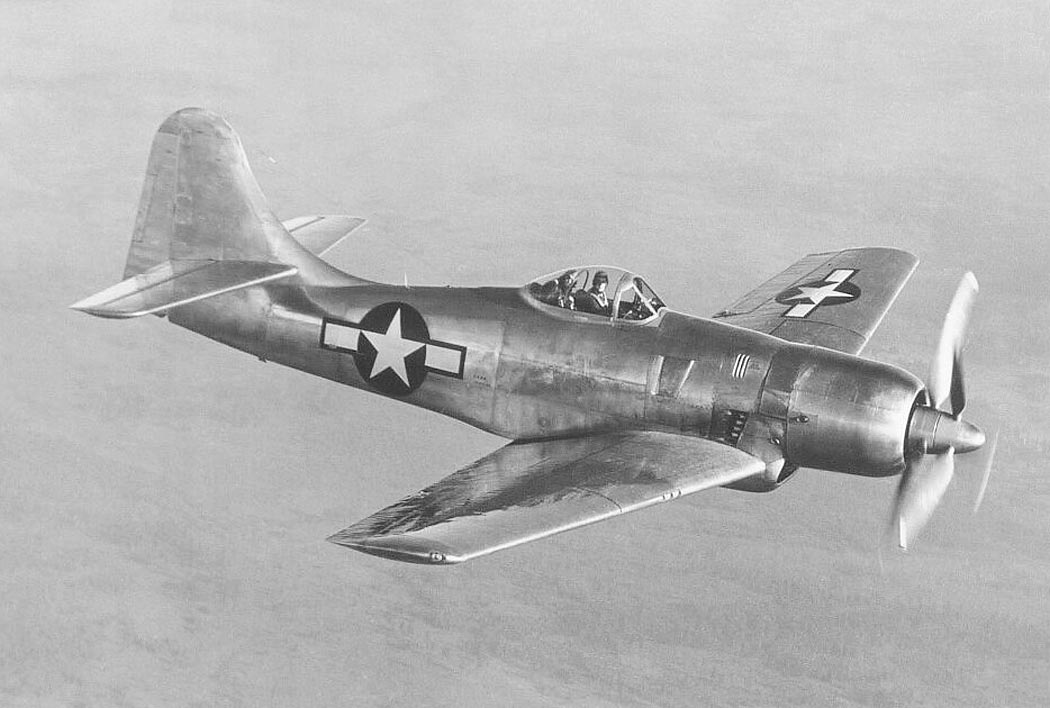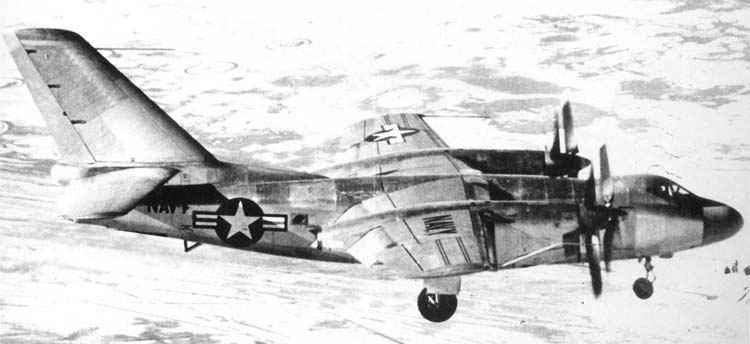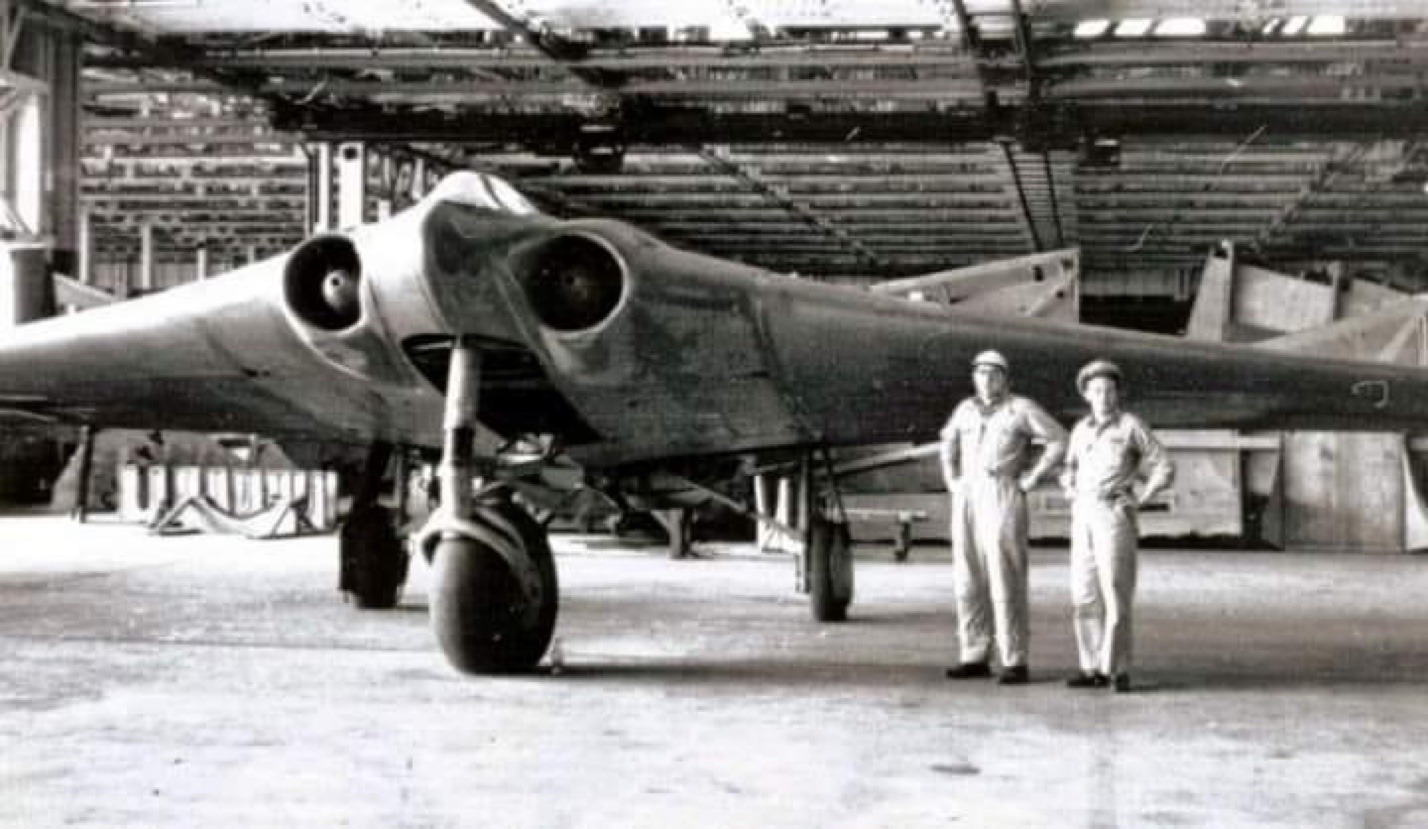Category: Aviation
Aviation aircraft aeroplane airplane helicopter balloon
-
Boeing XF8B

Boeing XF8B First flying on 27 November 1944, the Boeing XF8B was capable of acting as an interceptor, long-range escort fighter, dive-bomber, and torpedo bomber. Armament was to consist of six 0.50 inch machine guns or six 20 mm wing-mounted cannons, and a 6,400 lb (2,900 kg) bomb load or two 2,000 lb (900 kg) torpedoes. Three prototypes were built,… Read more
-
North American XA2J Super Savage

North American XA2J Super Savage First flying on 4 January 1952, and initially envisaged as a turboprop-powered derivative of the AJ Savage., the North American XA2J Super Savage developed into a larger and faster aircraft. Unfortunately the complexity of the proposed engines and their associated gearbox to drive the contra-rotating propellers proved unreliable. In addition,… Read more
-
Horten Ho 229

Horten Ho 229 The Horten Ho 229 was a German fighter-bomber flying wing developed during the Second World War. At one stage 100 had been ordered, although this was later reduced to 20 and none were delivered to the Luftwaffe. The first prototype, the Horten H.IX V1 was an unpowered glider first flew on 1… Read more